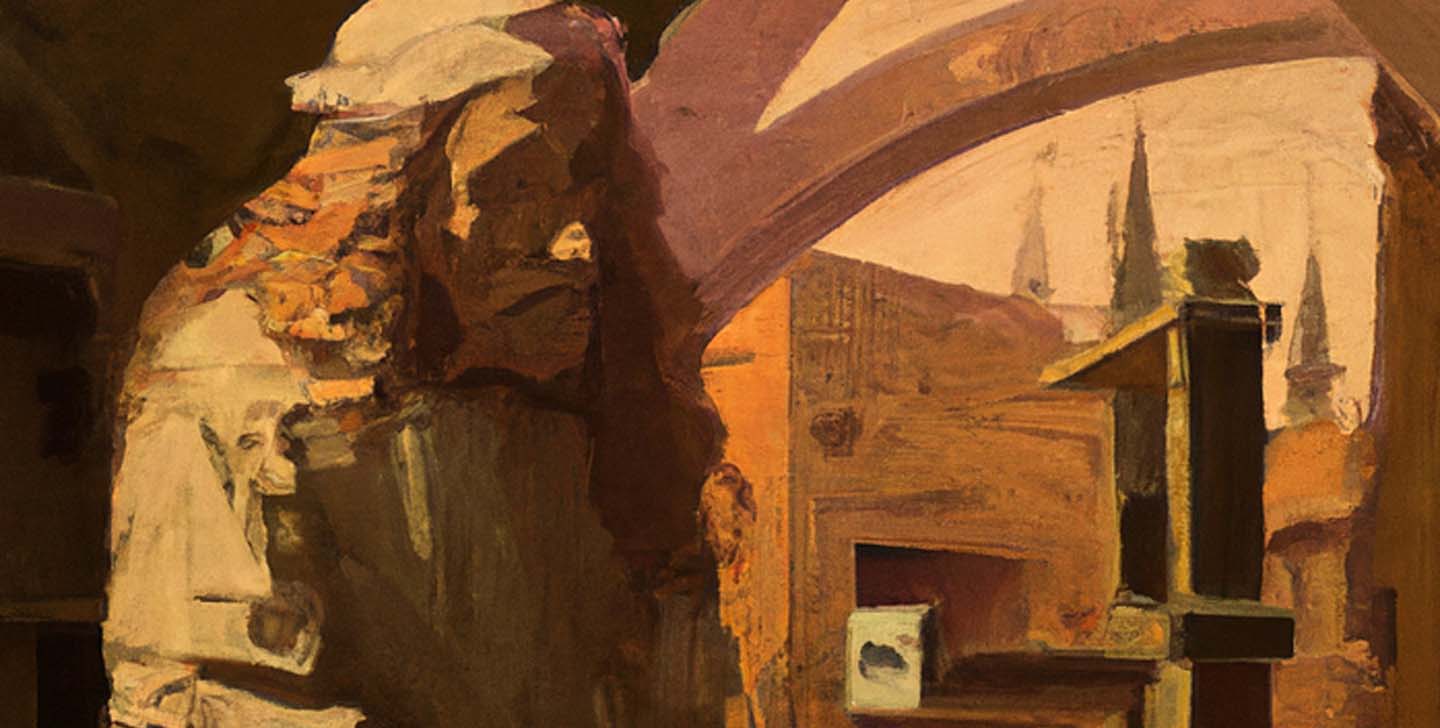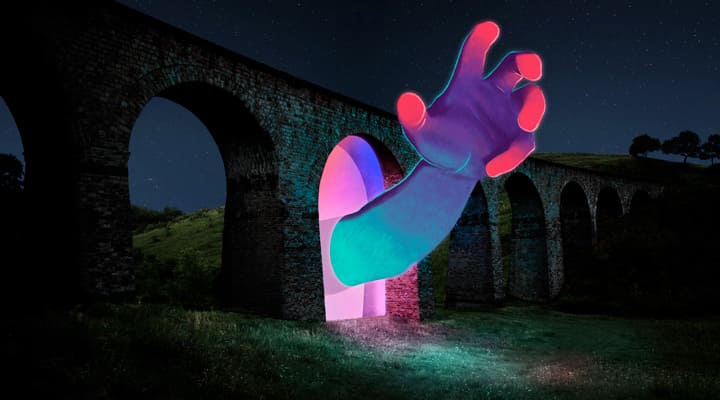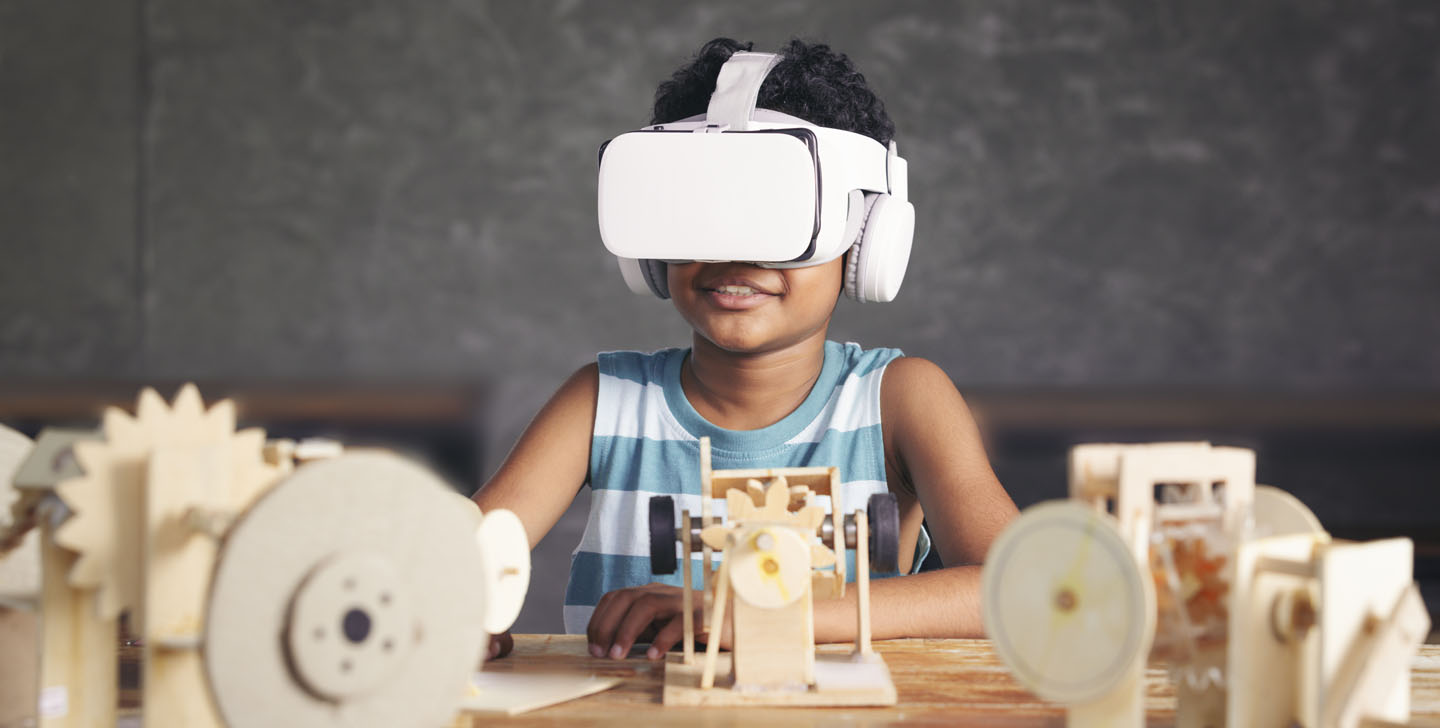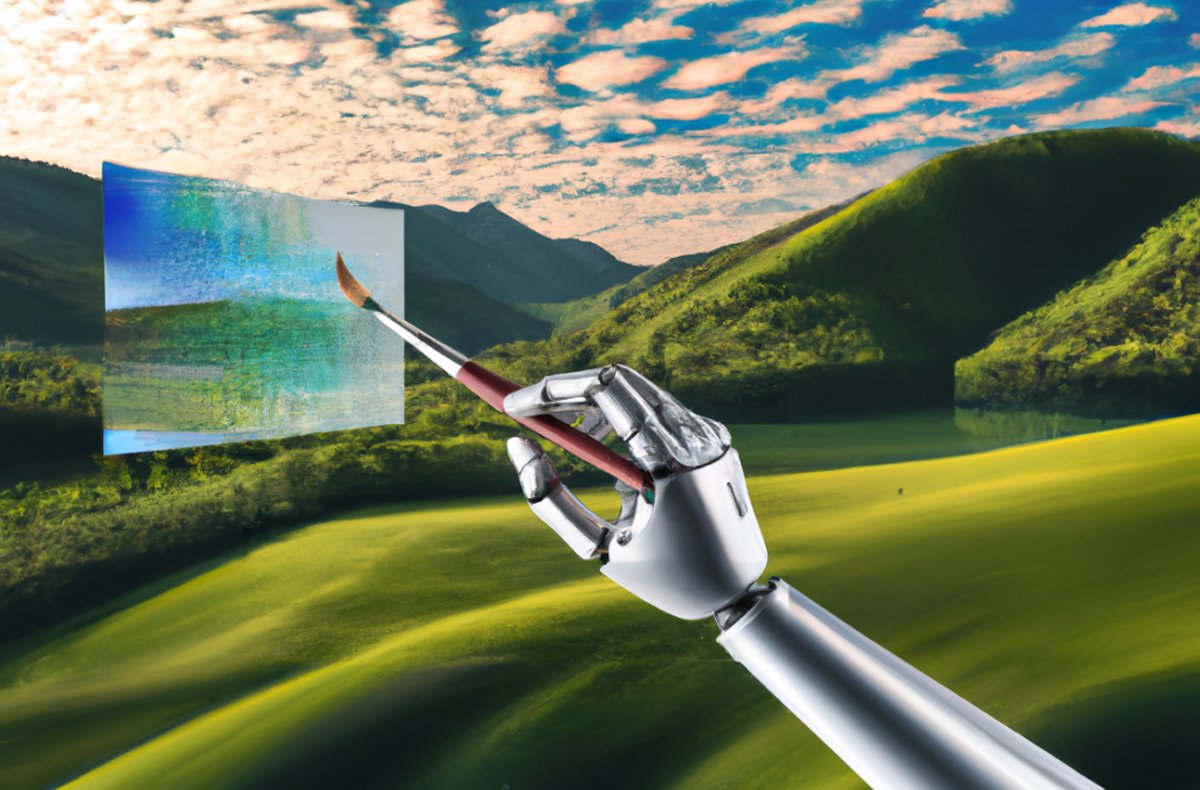It was the Scientific Revolution that created the need to establish a realm of its own for the sciences. As such, creative endeavors didn’t have a place within them anymore. A quintessential renaissance man such as Leonardo da Vinci would find no relevance in the centuries following the Enlightenment. This divide might have stretched to its widest gap in the
1950’s, when the post-war claims to the superiority of hard science reached a climax in the lectures and books by scientist C.P. Snow around the “two cultures”. These pieces were long rants questioning the excessive importance given to humanities in the British educational system, and bore a very negative view of the “humanists”, who were labeled as ‘natural
Luddites’ with as much understanding of sciences as their ‘neolithic ancestors’.
Rise of the union between arts and sciences
Luckily for the creative technologists and artists of science, this schism has faded at a fast pace in the last decades. The aptly named Leonardo magazine has been publishing articles on science-based arts since 1968. Universities have followed suit: NYU’s Interactive Telecommunication Program started to explore new supports for storytelling in 1979, while
MIT’s Medialab was founded in 1985 to investigate the future of media. Festivals like Eyeo and conferences such as ISEA have been catering for the blend of these cultures for decades. Today, the list of artistic residencies in science centers and the number of artists using technological tools would be too long to report in one article.
For better or worse, art made without digital resources is becoming the exception rather than the rule. Many of the most important breakthroughs in technology in recent times are tightly knit with its creative use: the blockchain would not be so relevant if NFTs weren’t saved there, and Artificial Intelligence revolution’s most visible faces are the exquisite generative visual pieces created with tools such as DALL·E. Some of the most amazing artistic experiences seen recently, such as the TeamLab’s huge immersive environments, were not executed through a mere collaboration between technicians and designers, but by people who could perfectly navigate the potential of media on both of the “two cultures”.
Demand for new professional profiles that combine art and science
The need for interdisciplinary talent is obvious in projects that make heavy use of the arts. Anyone working in the creative industries needs more than ever to have a solid understanding of the endless digital resources available. But with the current pace of innovation, companies that do not keep an eye on the opportunities created by creative technologies are at risk of lagging behind. Scientists need to incorporate the expressive aspect of humanities not only to reach for a wider audience, but quite often to even make sense of their own findings. There is no tool as effective as creativity when we need to express the urgency of climate disasters or the complexity of quantum physics.
Some of the artists of today are creating works that could perfectly be patented as inventions (and in fact, a few have done so). They might work in a fablab as makers, the 21st century version of medieval craftsmen, resignifing once more the original meaning of art. In the meantime, tech people are writing software for the love of the craft, publishing them in collaborative platforms under free copyright licenses, in collectives which bear resemblance to the guilds of other times.
These both ends of the art/tech spectrum are coming together as creative computing practitioners, with new mixed fields sprouting in universities such as Goldsmiths in the UK, Harvard in the USA or the Paris College of Art. The future creators are looking more and more like the polymaths of the Renaissance.








